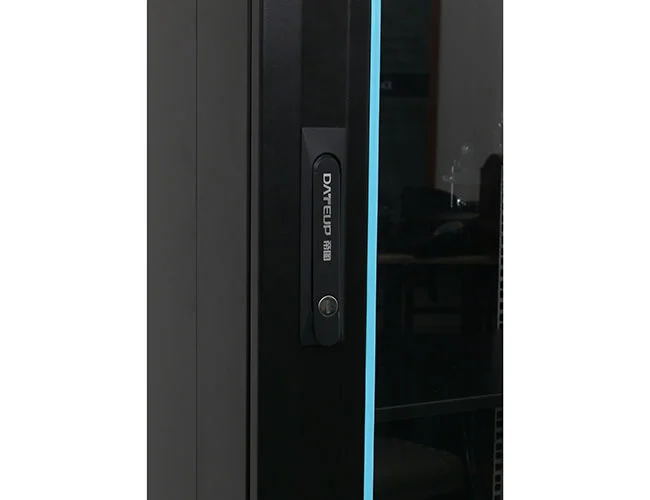News
Site Editor
 Site
https://leonetworkgroup.usa18.wondercdn.com/uploads/image/5fe152faa587d.png
A lightning cable is a crucial component that enables an iPhone, iPod, or iPad to charge, transfer data, and sync with a computer. However, it is susceptible to wear and tear due to frequent use and may stop functioning altogether. To troubleshoot and test a lightning cable, you can use a multimeter to perform various electrical tests and identify any faults.Here are the steps to test a lightning
Site
https://leonetworkgroup.usa18.wondercdn.com/uploads/image/5fe152faa587d.png
A lightning cable is a crucial component that enables an iPhone, iPod, or iPad to charge, transfer data, and sync with a computer. However, it is susceptible to wear and tear due to frequent use and may stop functioning altogether. To troubleshoot and test a lightning cable, you can use a multimeter to perform various electrical tests and identify any faults.Here are the steps to test a lightning
How To Test Lightning Cable With Multimeter
Views: 1986
Author: Site Editor
Publish Time: 2023-07-11
Origin: Site
A lightning cable is a crucial component that enables an iPhone, iPod, or iPad to charge, transfer data, and sync with a computer. However, it is susceptible to wear and tear due to frequent use and may stop functioning altogether. To troubleshoot and test a lightning cable, you can use a multimeter to perform various electrical tests and identify any faults.
Here are the steps to test a lightning cable with a multimeter:
1. Remove the cable cover and expose the wire terminals: Cut off the protective cover of the lightning cable using a cutter or scissors carefully. Next, remove the wires' insulation using a wire stripper and expose the metal terminals beneath.
2. Set the multimeter to continuity mode: Turn on your multimeter and set it to continuity mode, usually represented by a symbol of two arrows in opposite directions.
3. Test the overall continuity: Touch the multimeter probes to both ends of the wire terminals. If the cable is functional, the multimeter reading should show continuity, indicating that electric current flows freely through the wire.
4. Test the USB end: Insert the USB end of the lightning cable into a USB port on a computer or charger. Next, touch the multimeter probes to the coined-shaped USB contacts on the cable end. Again, if the cable is functional, the multimeter reading should indicate continuity. Alternatively, you can test the USB end's voltage by switching the multimeter to the voltage setting.
5. Test the lightning end: Insert the lightning end of the cable into an iPhone or iPad. Next, touch the multimeter probes to the lightning connector's pins. If the cable is functional, the multimeter should display a voltage reading between 4.5 and 5 volts.
6. Check for any shorts or broken wires: With the multimeter still in continuity mode, touch the probes to each of the wires' connections. If you get a reading of zero or no continuity, it means that a wire has broken or is making a short circuit.
In conclusion, testing a lightning cable with a multimeter is relatively simple, and you can determine whether a cable is functional or not. By using a multimeter, you can identify any faults and repair them accordingly. It is essential to ensure that your lightning cable is working correctly to avoid any device malfunction, data loss, or security issues due to low-quality, counterfeit, or damaged cables.
If you want to know more about industrial network cabinet,china fiber optic splice closure,china fiber optic distribution box,please consult the fiber optic splice closure factory









